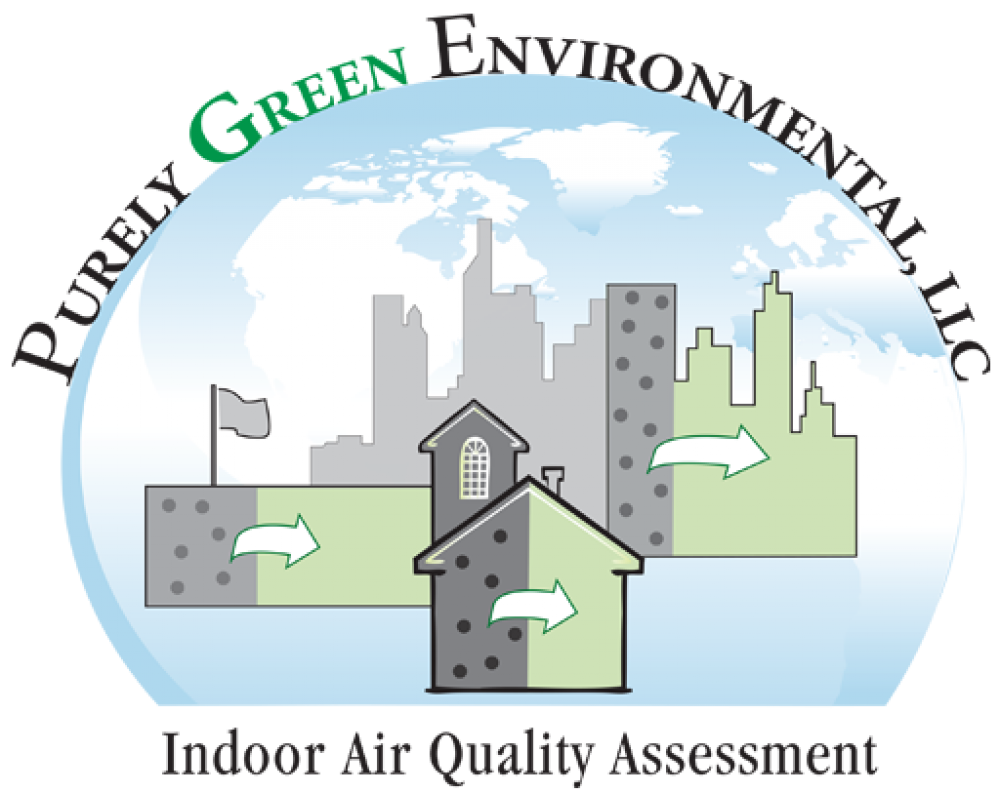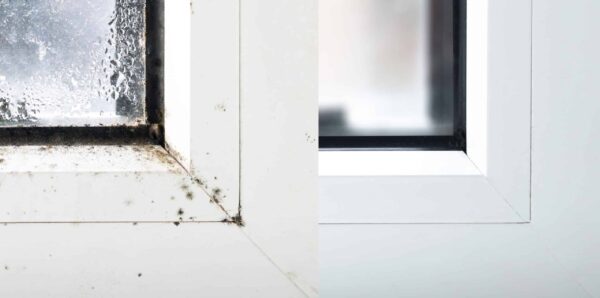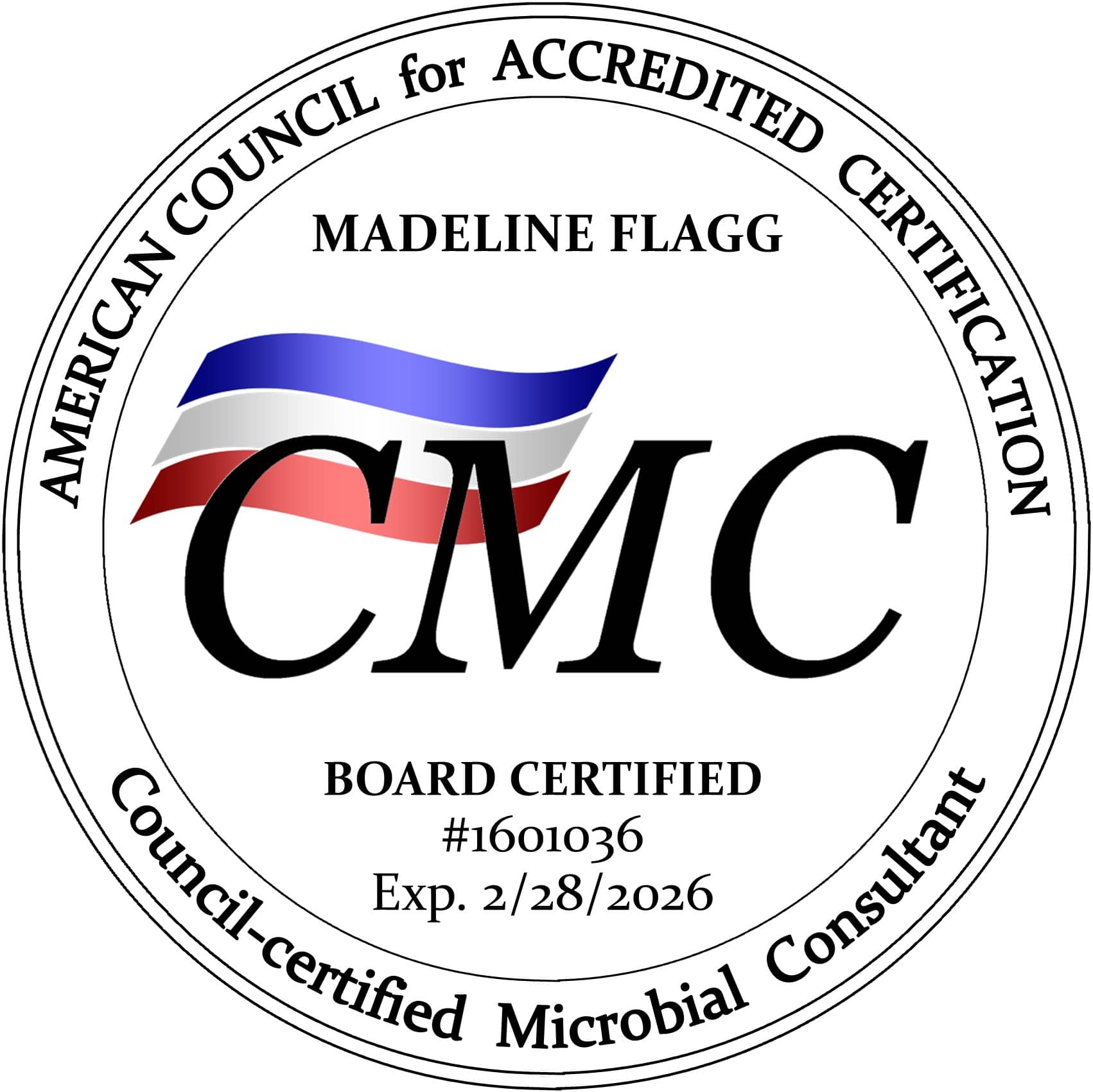As winter settles in, many homeowners encounter an unexpected and unwelcome guest in their homes: mold. While mold can be a year-round issue, it tends to become more prevalent during the colder months. That’s why this month, your local Boston mold expert at Purely Green Environmental is diving into the causes behind mold in winter and exploring ways to combat this issue.
Why is Mold More Prevalent in Winter?
Mold, a type of fungus that thrives in damp, humid conditions, finds the perfect breeding ground in winter due to several interconnected factors:
Indoor Humidity
During the winter, indoor heating systems are used extensively, causing a decrease in indoor humidity levels. This reduction in humidity might seem counterintuitive, but it’s precisely what can spur mold growth. Paradoxically, dry indoor air can lead people to use humidifiers to maintain comfort. However, if not properly managed, these humidifiers can elevate indoor humidity to levels conducive to mold development.
Condensation
Condensation occurs when warm, moisture-laden air meets cold surfaces, such as windows and walls, resulting in the formation of water droplets. This creates an ideal environment for mold to flourish. The colder temperatures of winter cause windows and walls to be colder, making condensation more common.
Reduced Ventilation
To conserve energy and stay warm, many individuals tightly seal their homes during the winter. While this effectively retains heat, it can also trap moisture and decrease ventilation, creating conditions favorable for mold growth. Limited ventilation means that fresh air is less likely to circulate, which is essential for maintaining healthy indoor air quality.
Preventing Mold Growth in Winter
Understanding the seasonal causes of mold growth is the first step in preventing it from becoming an issue in your home. Here are some practical tips to keep mold at bay during the winter:
Control Indoor Humidity
Invest in a hygrometer to monitor indoor humidity levels, aiming for a relative humidity of around 30-50% to discourage mold growth. Utilize exhaust fans while cooking or showering to reduce humidity in the kitchen and bathroom.
Insulate and Seal Gaps
Proper insulation helps maintain consistent temperatures in your home, reducing the likelihood of condensation on windows and walls. Seal gaps around windows, doors, and other openings to prevent cold drafts and moisture infiltration.
Improve Ventilation
Use fans to enhance air circulation, particularly in rooms prone to excess moisture. Open windows periodically to allow fresh air to flow through your home, even on cold days.
Regularly Check for Mold
Conduct routine inspections in areas where mold is most likely to develop, such as basements, attics, and bathrooms. Address any mold issues promptly using safe and effective removal methods.
Purely Green Environmental | Boston Mold Expert
For more information on our services, check out our website to explore all of our options. Looking to schedule an appointment? Contact our Boston mold expert today for more information. In the meantime, we look forward to hearing from you!





